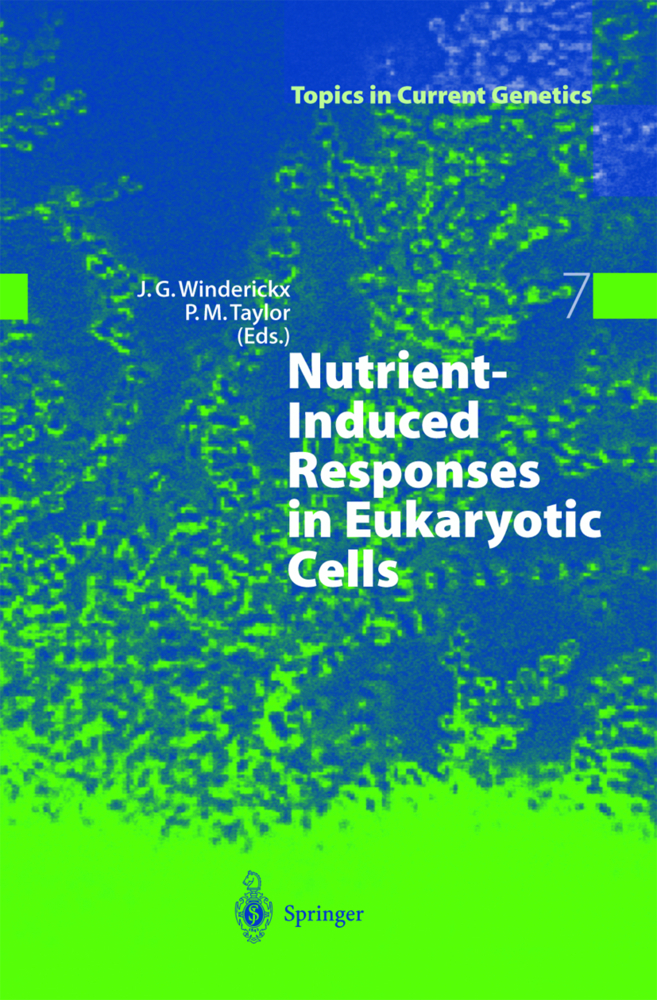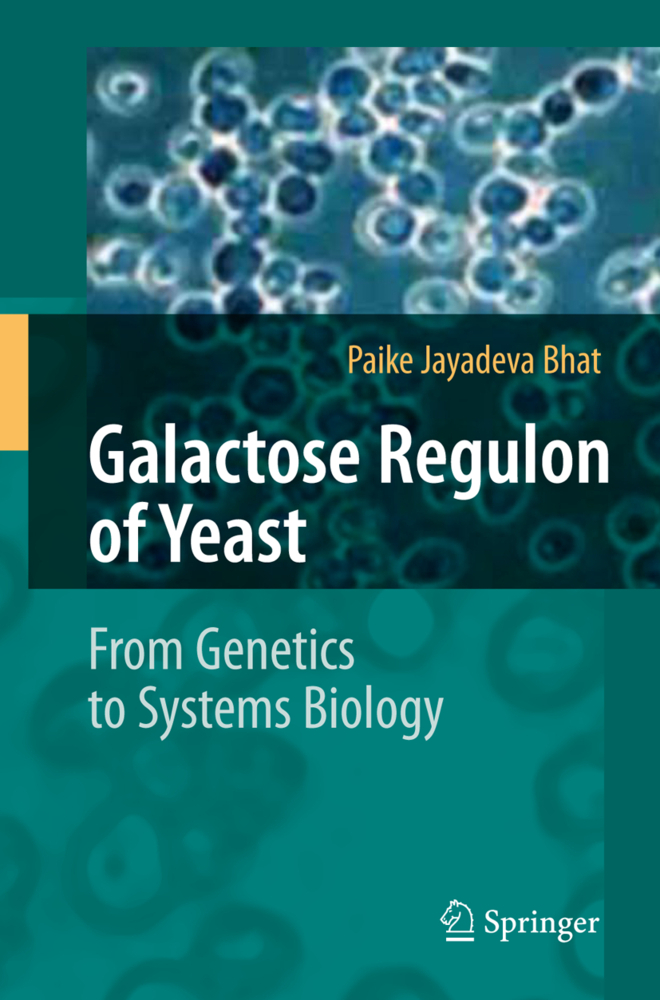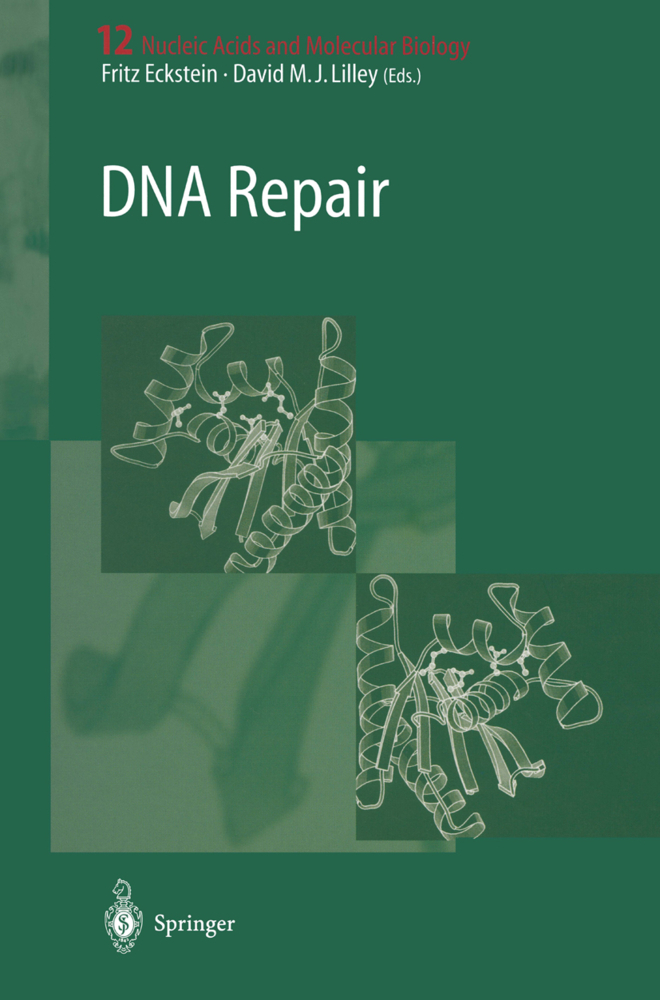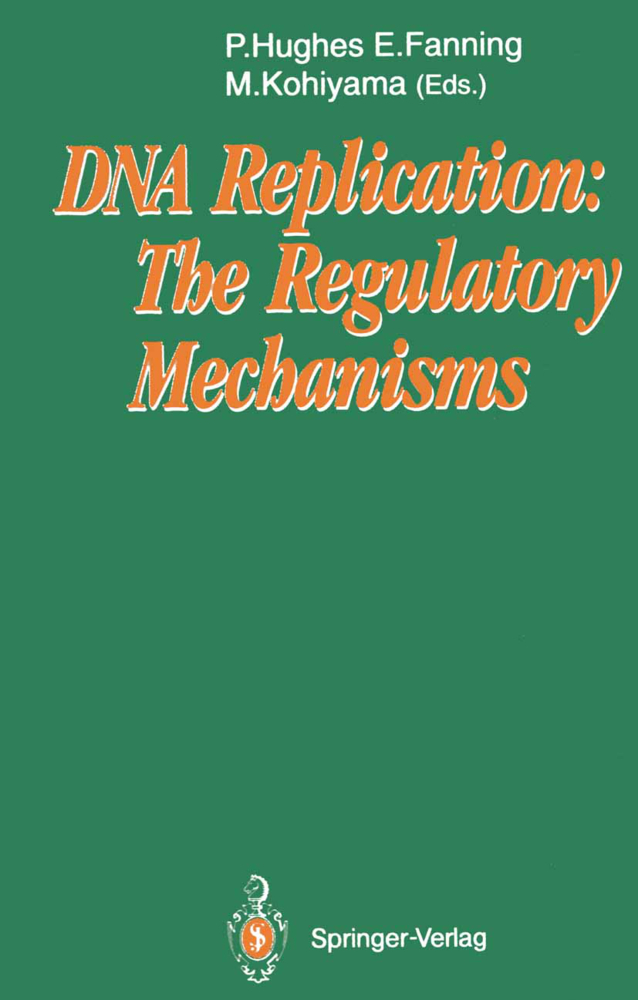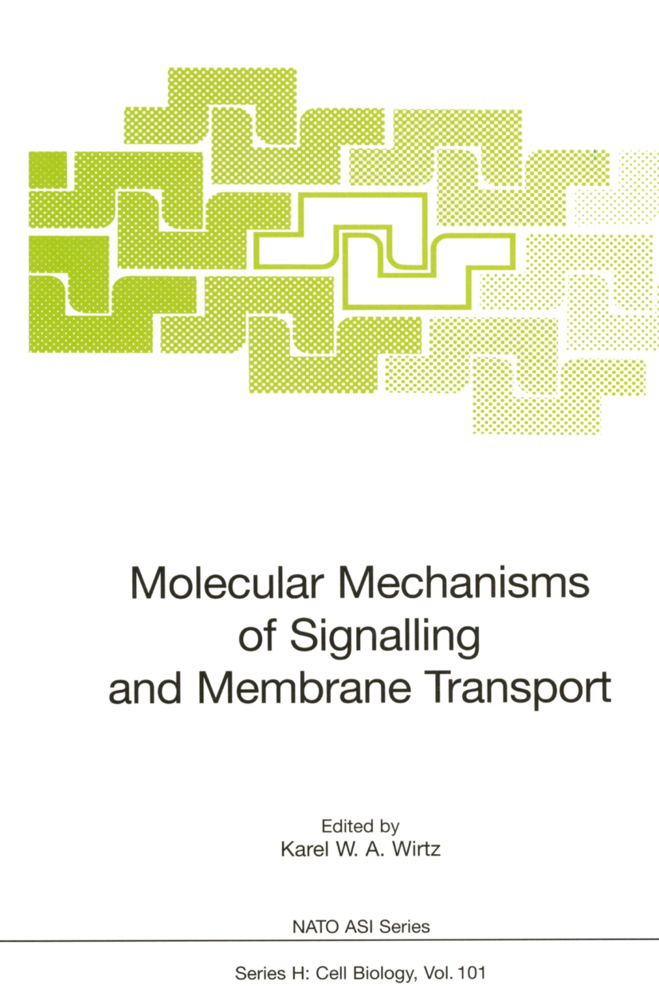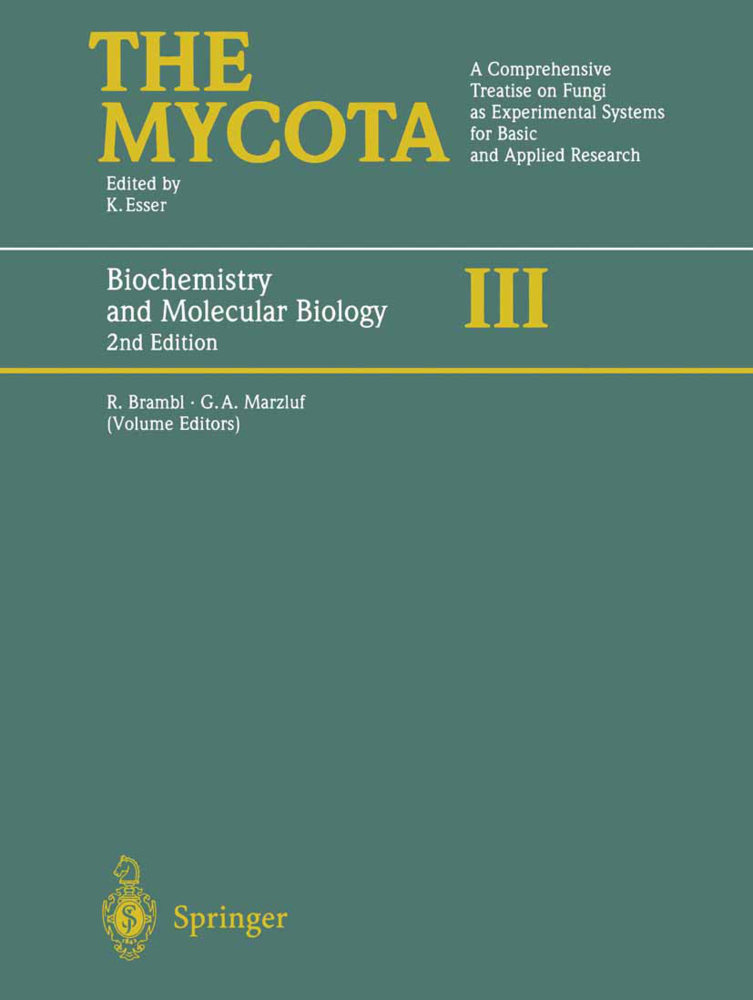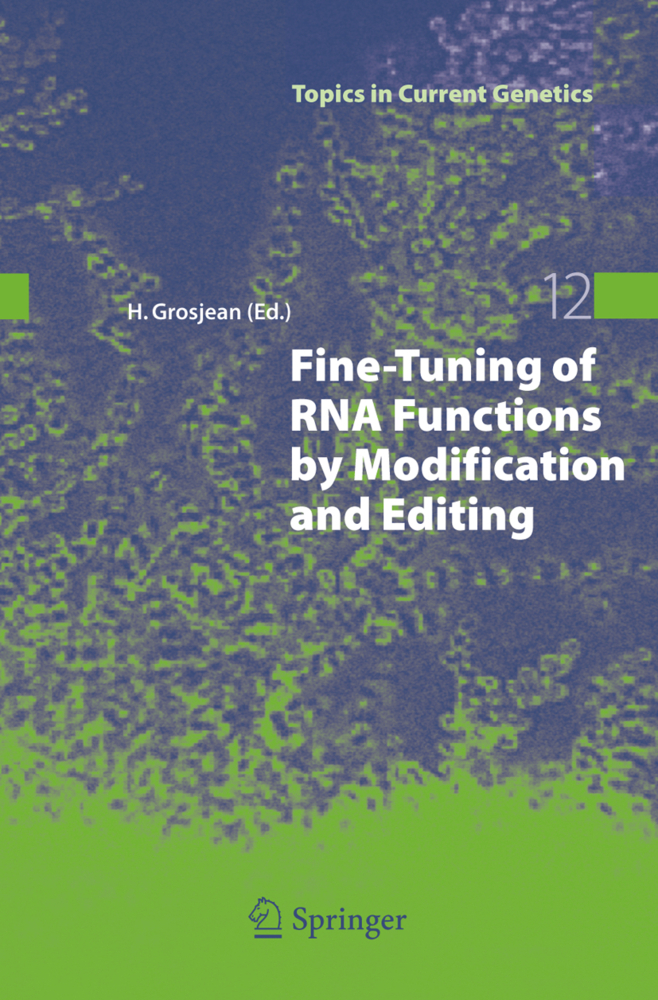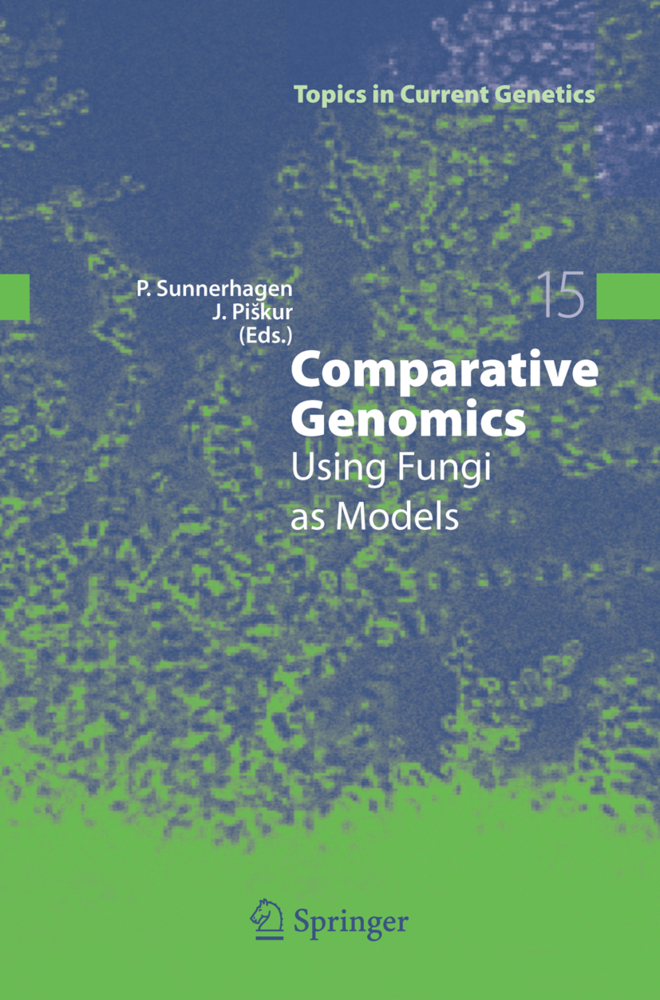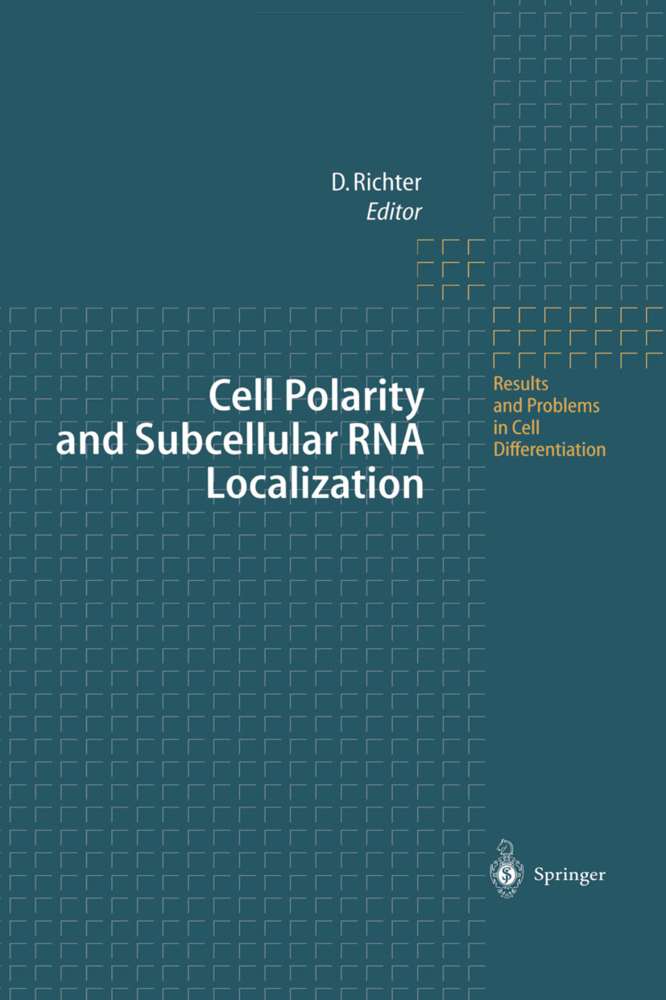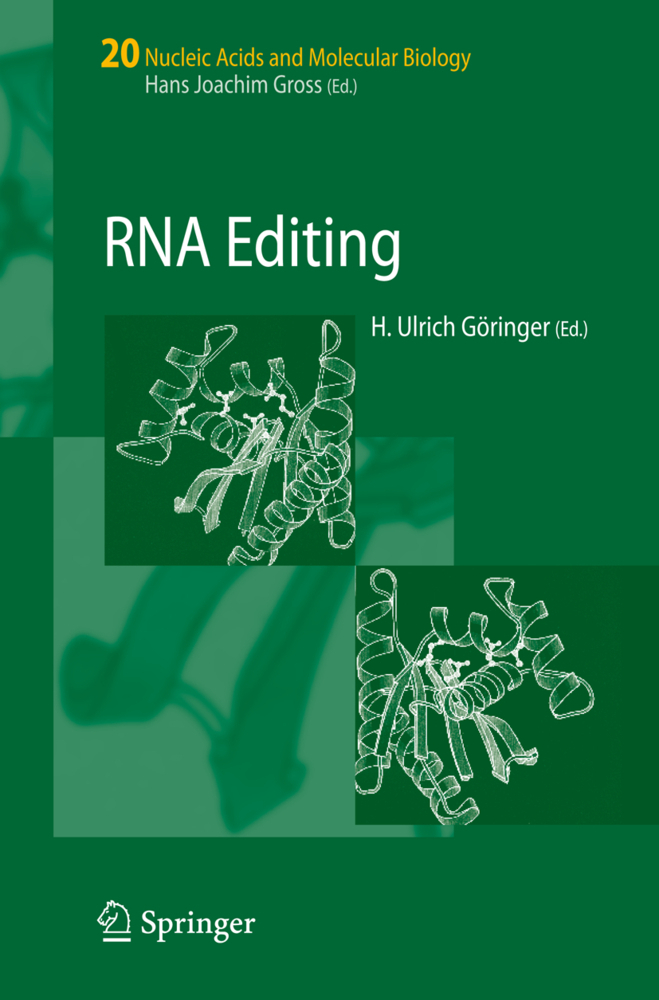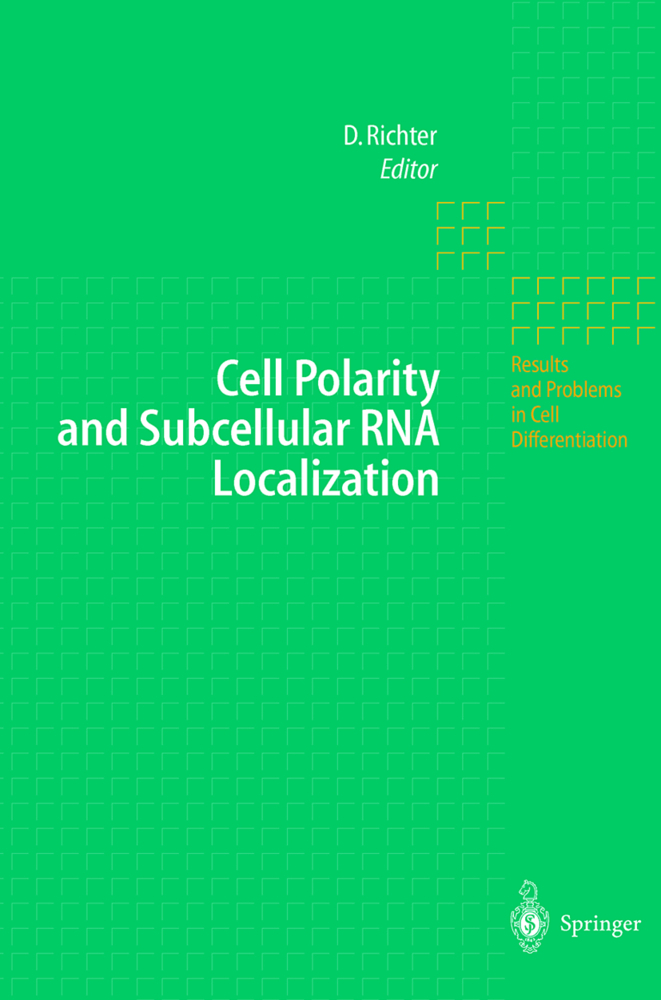Nutrient-Induced Responses in Eukaryotic Cells
Nutrient-Induced Responses in Eukaryotic Cells
Cells of all living organisms have the ability to respond to altered nutritional conditions. They have developed mechanisms to sense nutrient availability and to produce appropriate responses, which involve changes in gene expression and the production or degradation of certain enzymes and other proteins. In recent years, the understanding of nutrient-induced signal transduction has greatly advanced and the emerging picture is that nutrient signalling mechanisms evolved early in evolution. This book provides a detailed presentation and comparison of the key nutritional regulatory mechanisms in lower as well as higher eukaryotes, written by recognised experts in this expanding field.
Transcriptional Regulatory Mechanisms for the Response to Amino Acid Deprivation of Mammalian Cells
Nutrient Sensing in Animal Cells and Integration of Nutrient and Endocrine Signalling PathwaysAntagonists of the TOR Pathway in Animal Cells
Nutrients as Regulators of Endocrine and Neuroendocrine Secretion
Nutrient Signalling Through Mammalian GCN2
Nutrient Control of Dimorphic Growth in Saccharomyces cerevisiae
Regulation of the Yeast General Amino Acid Control Pathway in Response to Nutrient Stress
Tor-Signalling and Tor-Interacting Proteins in Yeast
Integrated Regulation of the Nitrogen-Carbon Interface
Glucose Regulation of HXT Gene Expression in the Yeast Saccharomyces cerevisiae
Integration of Nutrient Signalling Pathways in the Yeast Saccharomyces cerevisiae.
Winderickx, Joris
Taylor, Peter M.
| ISBN | 978-3-540-20917-1 |
|---|---|
| Artikelnummer | 9783540209171 |
| Medientyp | Buch |
| Copyrightjahr | 2004 |
| Verlag | Springer, Berlin |
| Umfang | XIV, 321 Seiten |
| Abbildungen | XIV, 321 p. 55 illus., 9 illus. in color. |
| Sprache | Englisch |

